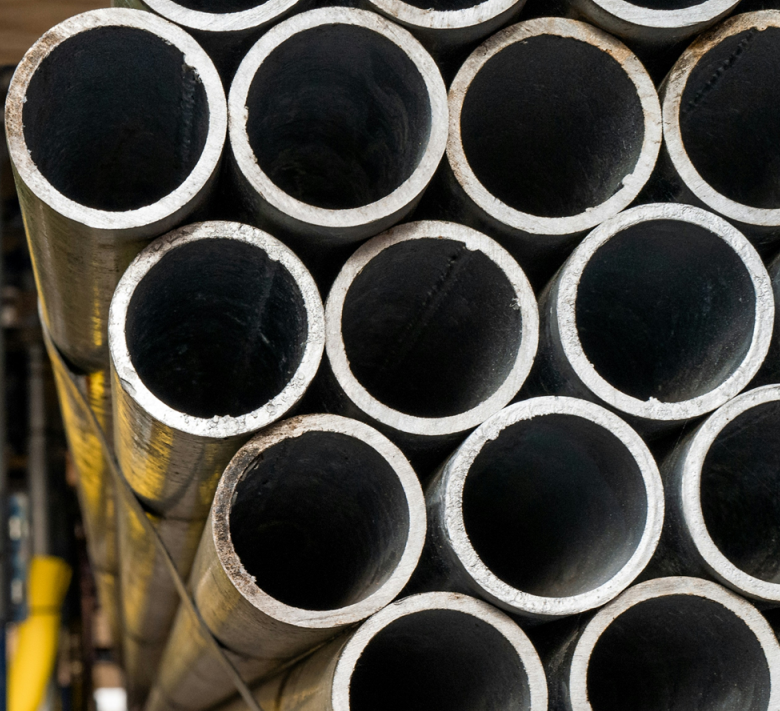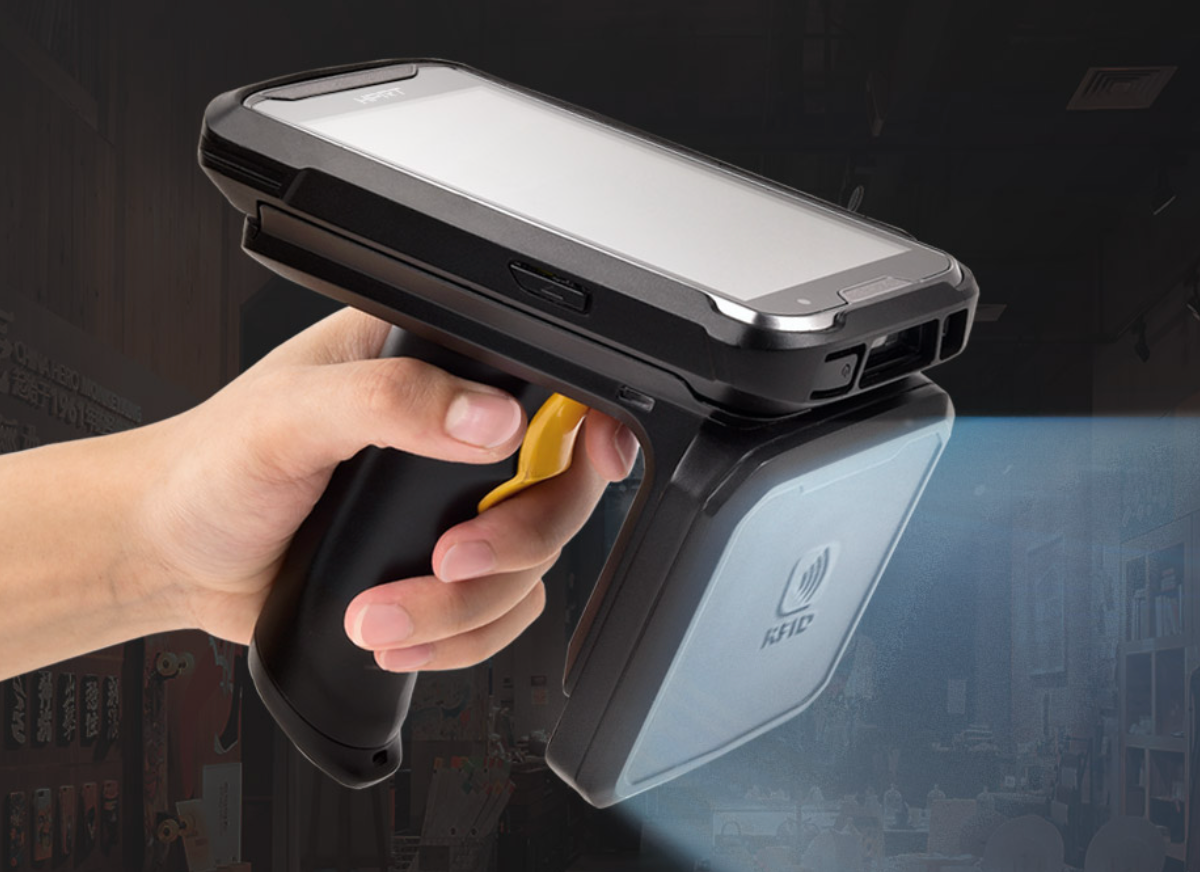Steel Inventory Management Revolutionized by RFID Technology
Steel is a critical raw material in construction and machinery manufacturing, used in building houses, bridges, roads, and manufacturing cars, ships, and machine tools. It comes in various forms like steel bars, plates, and pipes. How to manage steel inventory? These large and heavy metal products are difficult to identify, and barcode scanning is cumbersome and time-consuming. Radio Frequency Identification (RFID) technology is changing this landscape.

Many steel manufacturing enterprises and rolling mills now use smart technologies like RFID and IoT (Internet of Things) to achieve automatic steel identification, tracking, and management, improving the intelligence level of steel supply chain.
Here are the implementation steps of RFID technology in warehouse management:
1. Preparing RFID Tags
An RFID label printer prints material information (including material code, name, and specifications) in batches onto RFID tags based on the unified code generated by the ERP system. UHF flexible anti-metal RFID tags or magnetic RFID tags are preferred for steel products due to their metal properties.
2. Stock In

When steel bars and pipes are put into storage, warehousing staff attach the RFID tags to the appropriate location of the steel and scan them with an RFID handheld terminal to enter the steel information.

When the steel is transferred to the appropriate stacking position, the RFID reader is used to associate the steel with the stacking position, completing the inbound operation.
3. Stock Out
During goods outbound, the staff check the outbound order information on the handheld terminal to find the finished product inventory, verify it, and update the shipment information to the database.
4. Steel Inventory Management
Steel inventory management includes real-time monitoring,counting, and analysis of steel. Count personnel can use RFID handheld devices to scan from a distance without aiming at the labels, greatly improving operation efficiency.
Moreover, iron and steel warehouses are often dusty and polluted, so printed barcodes are susceptible to environmental influences and difficult to scan. RFID tags have stronger environmental resistance, ensuring stable reading.
Steel warehouse management landscape is undergoing a transformation towards towards informatization, automation, and intelligence. The application of RFID technology exemplifies this trend. HPRT offers a comprehensive range of RFID hardware solutions, including RFID printers and handheld terminals, catering to the growing demands of smart factories, logistics, and healthcare. Contact us today to learn more about our product portfolio.








